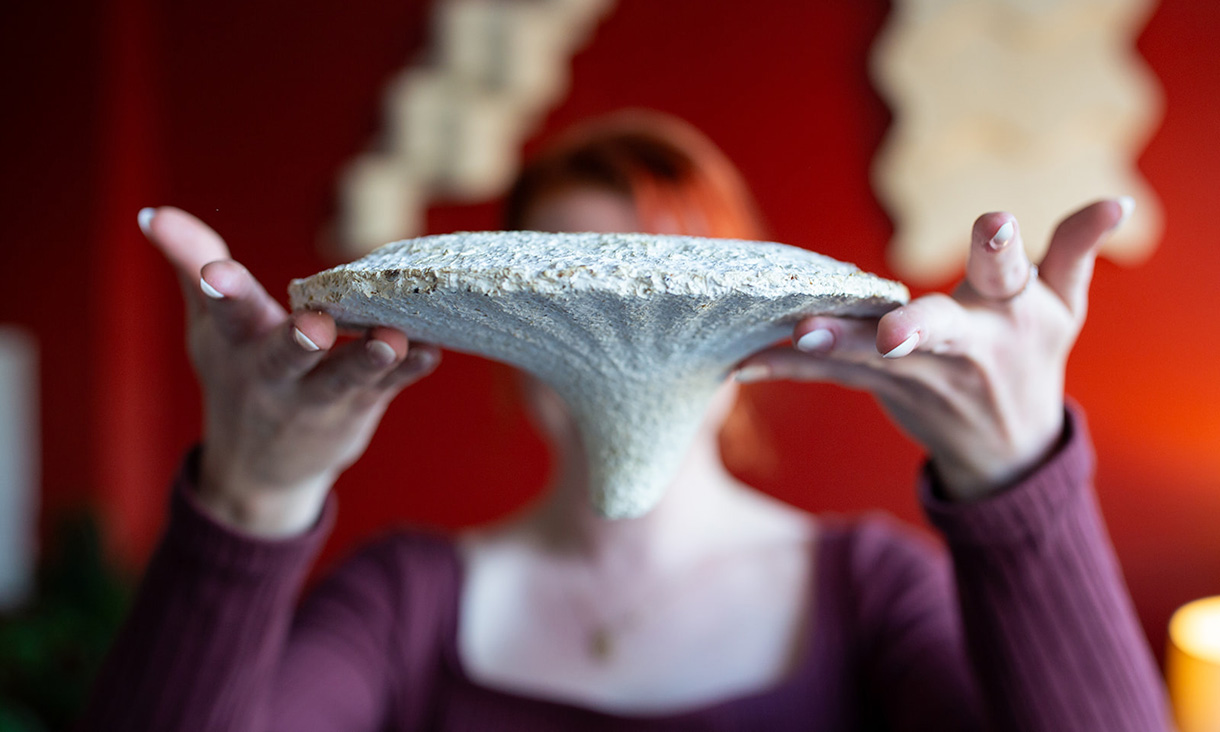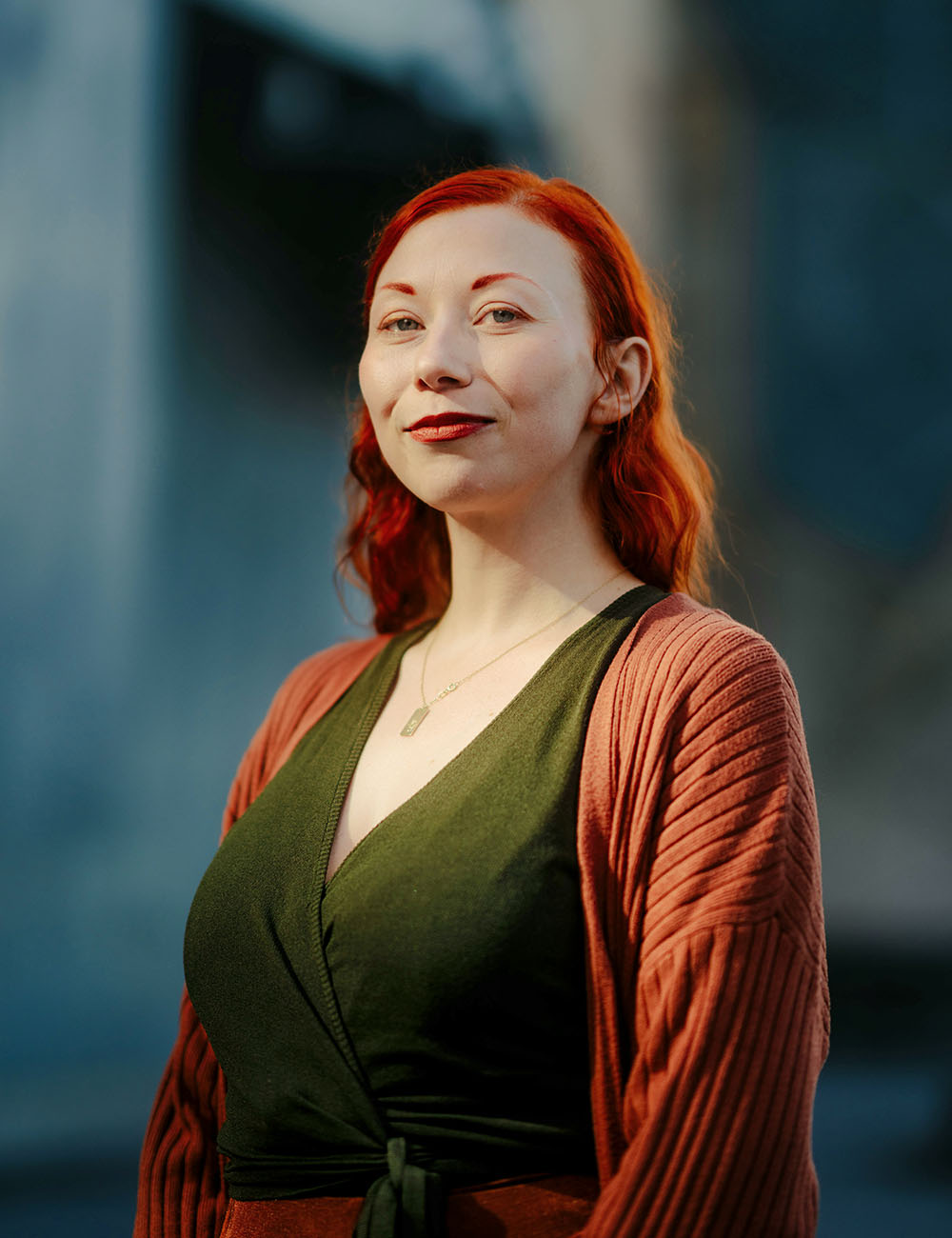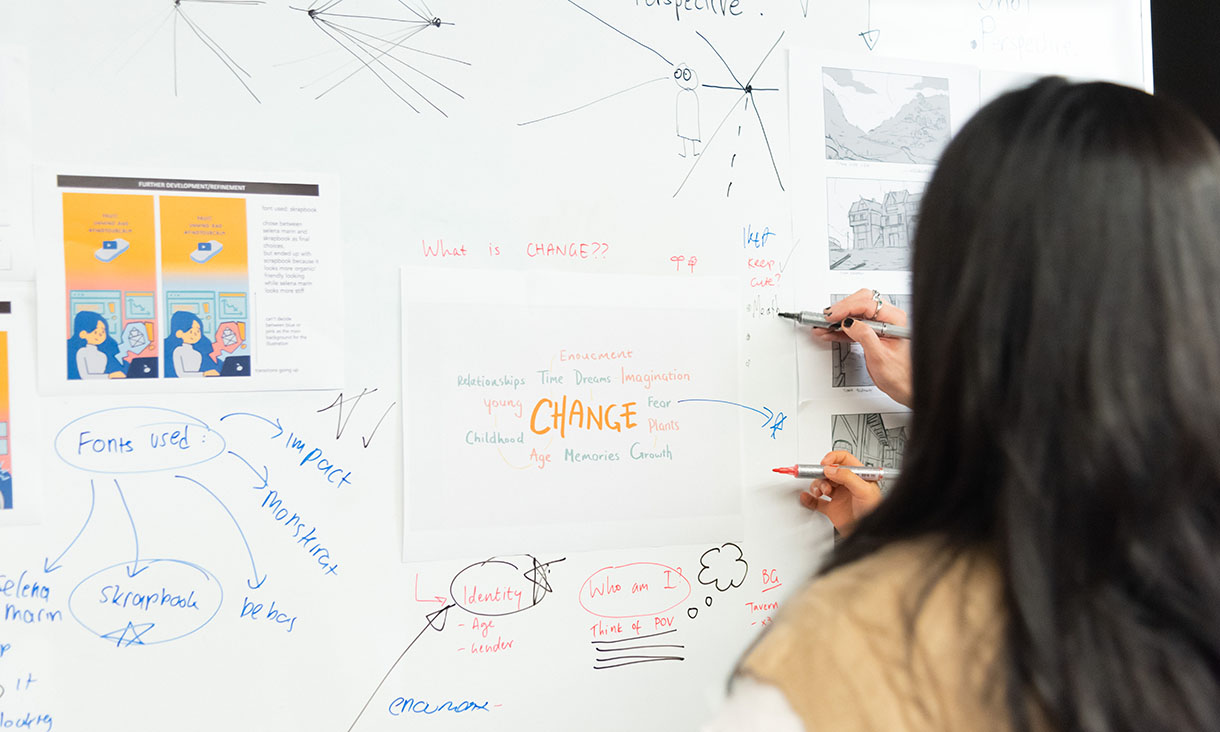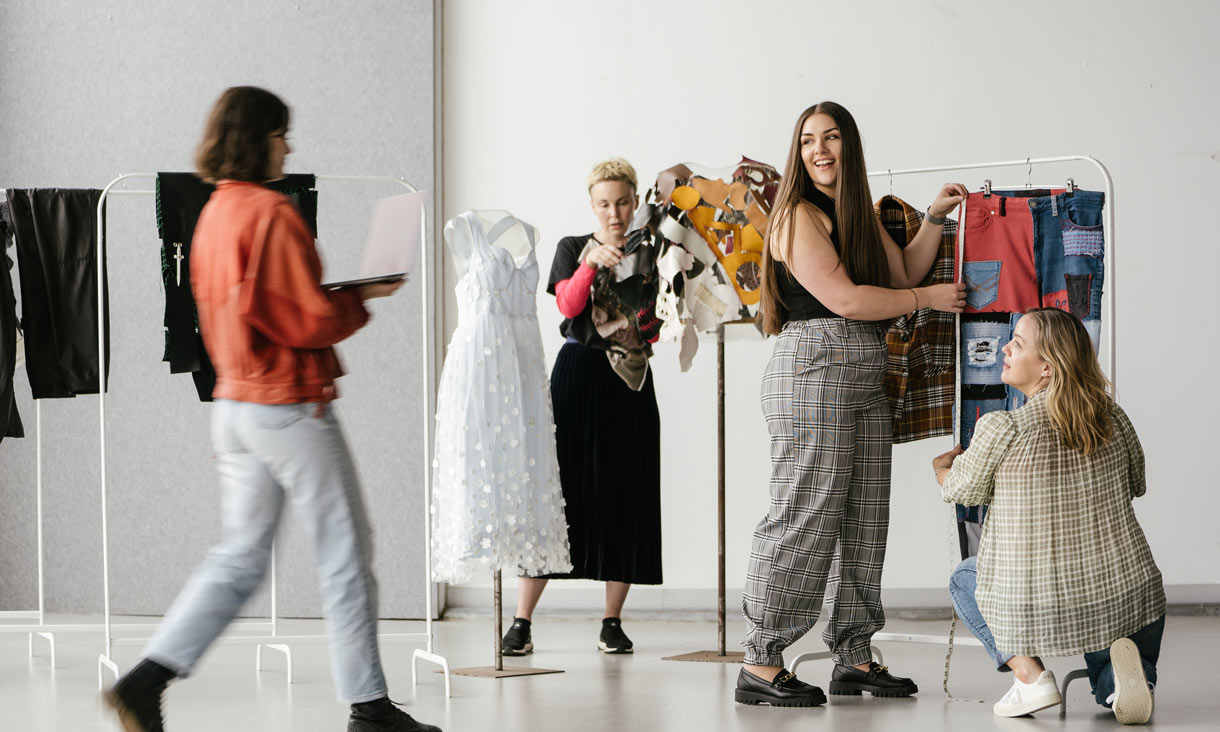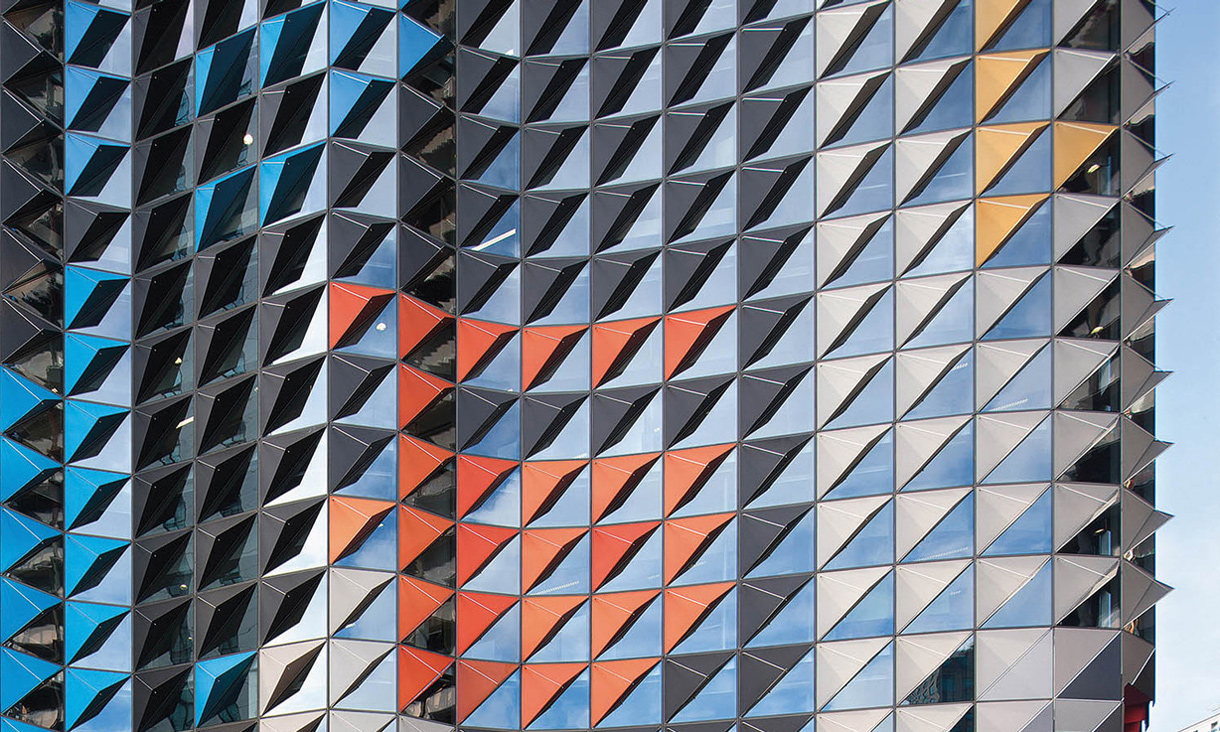Demand for mycelium is soaring.
“The material’s really exploded in popularity,” Amanda explained.
“We have a lot more demand than we can supply. We've got a couple of hundred clients on our books and then several thousand on a waitlist.”
This huge number of orders and increasing interest in mushroom-based materials will see Fungi Solutions move from its 250 square metre facility in Thornbury to a much larger premises within the next 18 months.
Currently the product is slightly more expensive than traditional packaging - approximately $56 for a 30cm by 30cm insulation tile compared to $49. But Amanda said mycelium is still very cost competitive and is confident it will continue to become even more so when production increases.
“We've got a great agricultural tradition here in Australia, but tonnes and tonnes of organic waste is currently being sent to landfill that we can be using to produce these materials,” she said.
“It does require a combined effort between government councils and businesses like ours to really meet the scale.”
The possibilities of mycelium’s use are endless. Amanda said she plans to start researching and developing solutions for the construction industry in the future.
In the meantime, she finds time to be a part-time sessional lecturer in fashion at RMIT as well as study her master’s degree.
“There's plenty on, just a bit of juggling, but I'm passionate about what we do,” she said.
“It'll be really nice to see the materials take off, and nice already to see the good response that they're having.”
